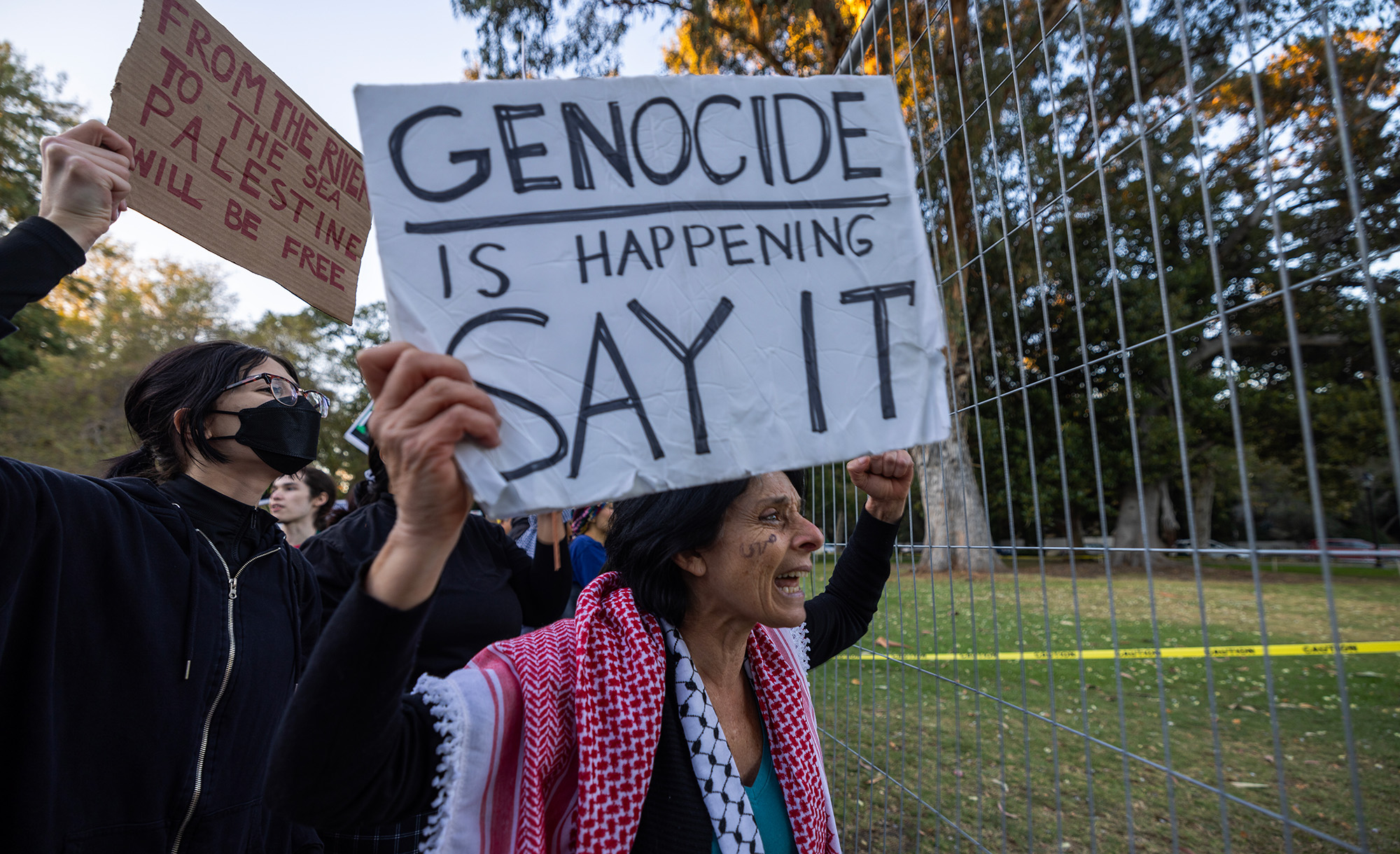Last week, a federal court convicted the man who murdered eleven worshippers at a Pittsburgh synagogue in 2018. In addition to such high-profile cases, the past few years have seen numerous, often unreported, cases of physical assaults on Jews—especially on visibly Orthodox Jews in New York City. Hannah Meyers, in a broader consideration of the baleful effects of “decarceration,” notes a common thread among these crimes and many others:
During 2019’s wave of anti-Semitic hate crimes, about a third of the offenses were reportedly committed by people with psychiatric histories. Similarly, mental illness has been a common factor among suspects arrested in recent high-profile attacks on Asians in New York City, according to the head of New York Police Department’s task force on anti-Asian bias crime. In 2021, NYPD reported that half of those arrested for hate crimes were mentally ill.
When it comes to combating extremist violence, a more targeted solution seems an obvious choice, since only a few individuals in the population are violently disturbed enough to pose an actual threat. In almost all cases, their dangerous tendencies become clear to the people around them and to law enforcement, and changes in how we approach these matters could have a preventive effect. But agencies, including the White House’s National Security Council in 2021, have instead adopted generalized policies.
One component of [the currently favored] strategy focused on “education and prevention” is an emphasis on implicit-bias training and similar anti-hate instruction. The federal Domestic Terrorism Prevention Act of 2022, in fact, mandates “anti-bias training” for all federal employees associated with combating terrorism. Local governments have also been investing in expensive training of this sort. Las Vegas’s Clark County School District signed a contract covering 2022 through 2025 that pays the Anti-Defamation League $75,000 to teach students and staff “to recognize bias and the harm it inflicts on individuals and society; improve intercultural engagement; and combat racism, anti-Semitism, prejudice, and bigotry.”
But there is no evidence that these types of coaching change anyone’s behavior. And, while learning about the Holocaust may increase inter-group empathy among well-adjusted students, it’s unlikely to affect the attitude of the cohort who would be inclined to hit a Jew over the head with a brick or shoot up a synagogue.
More about: ADL, Anti-Semitism, Crime, U.S. Politics


